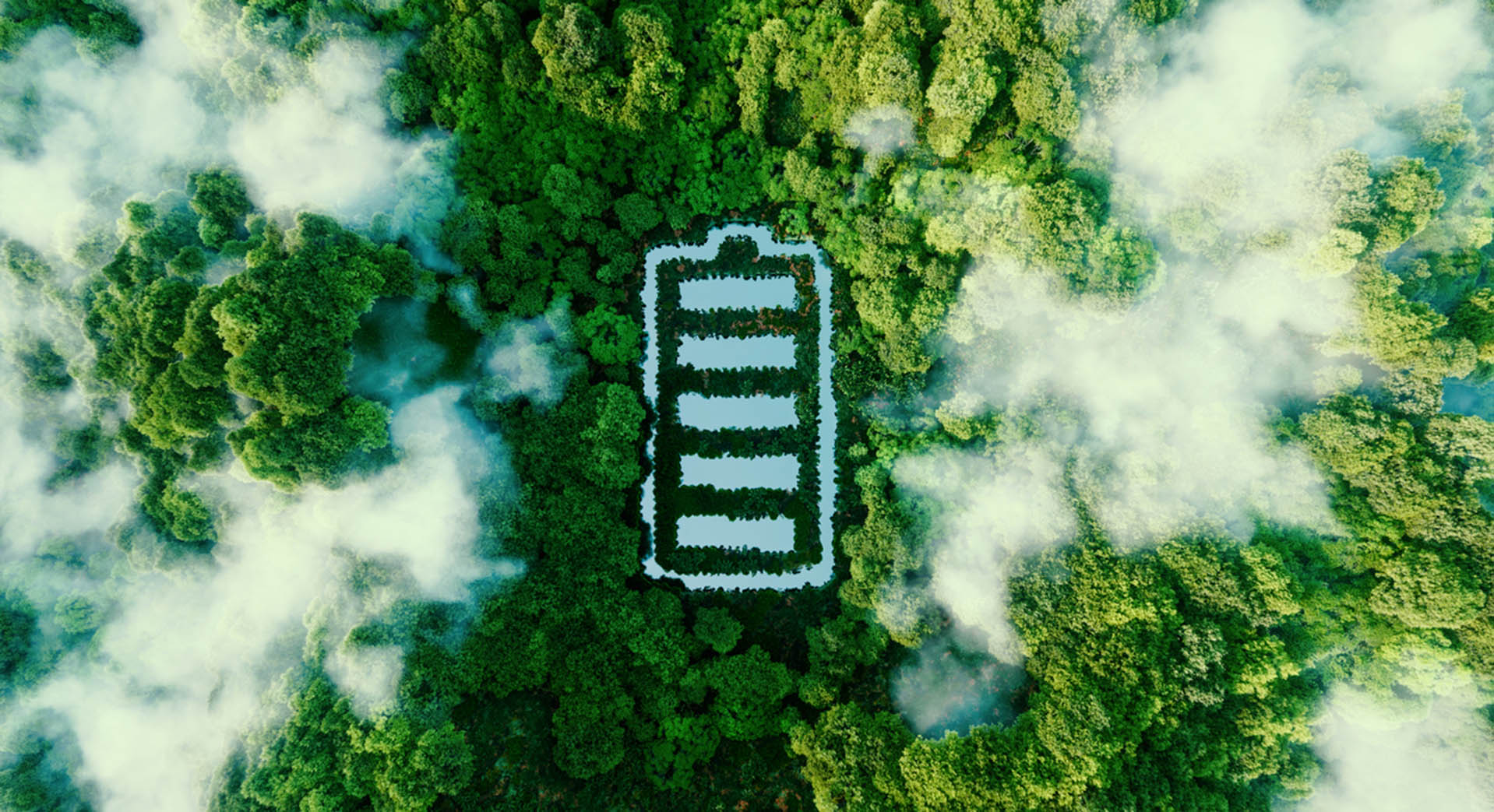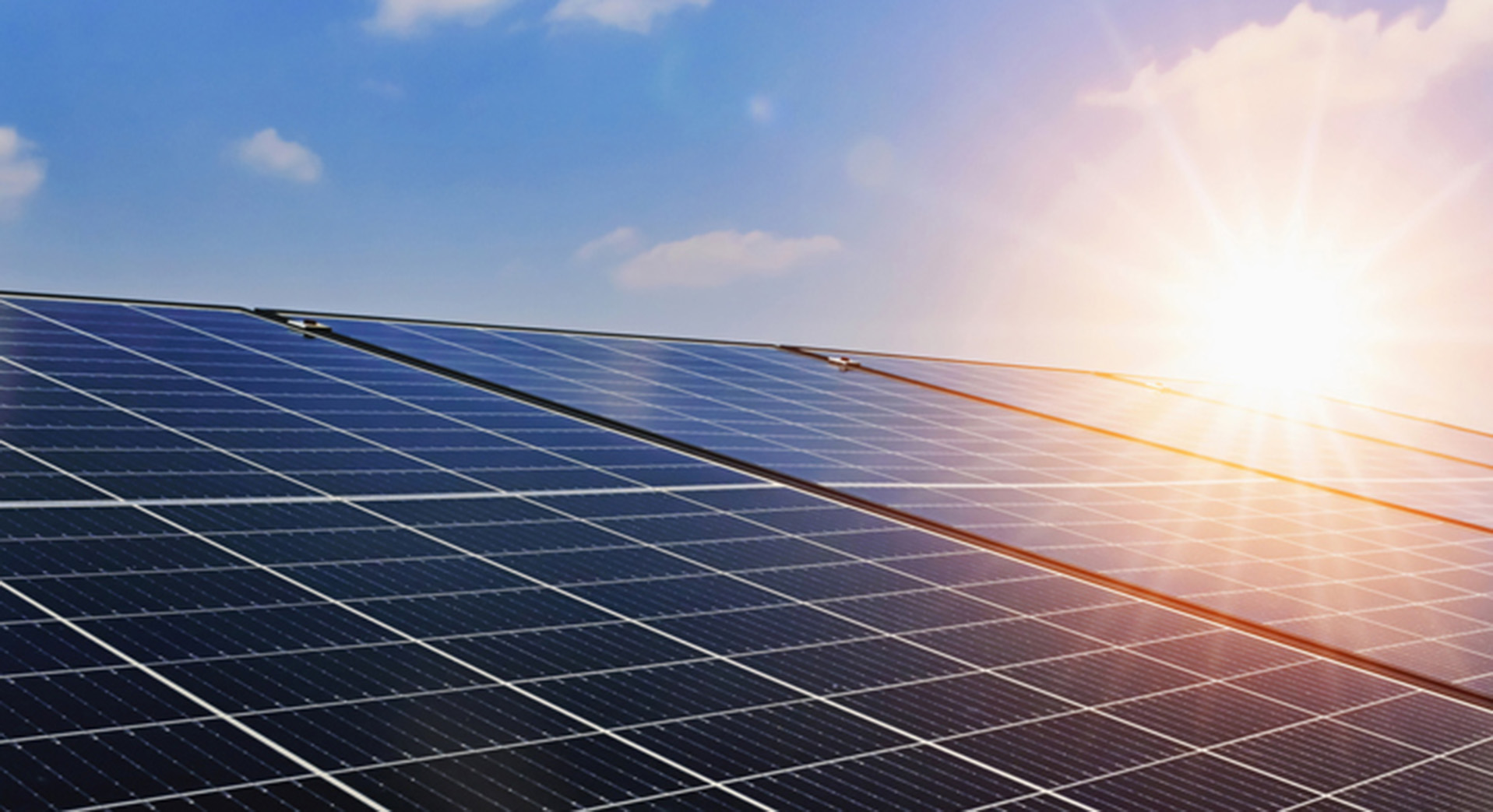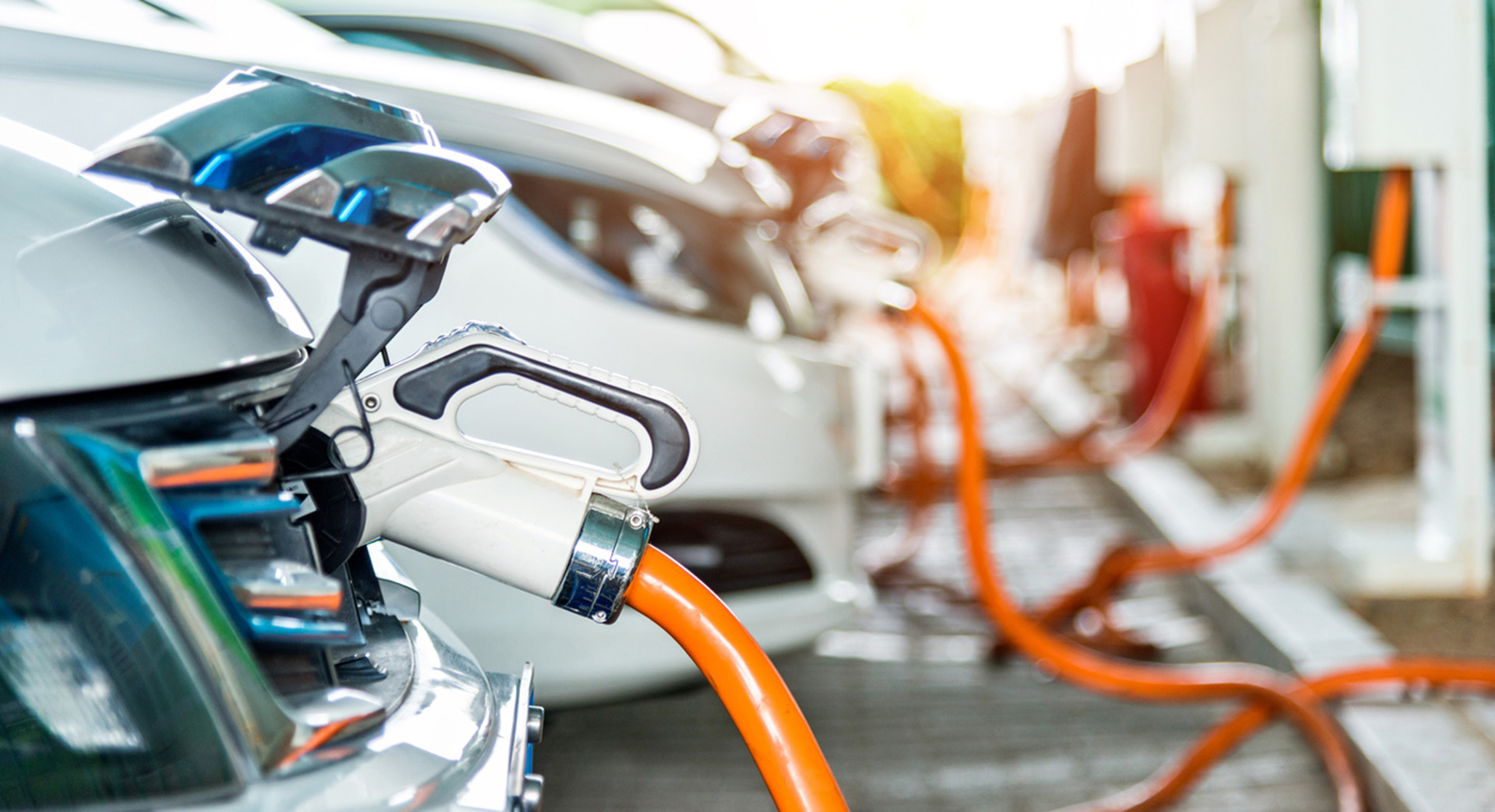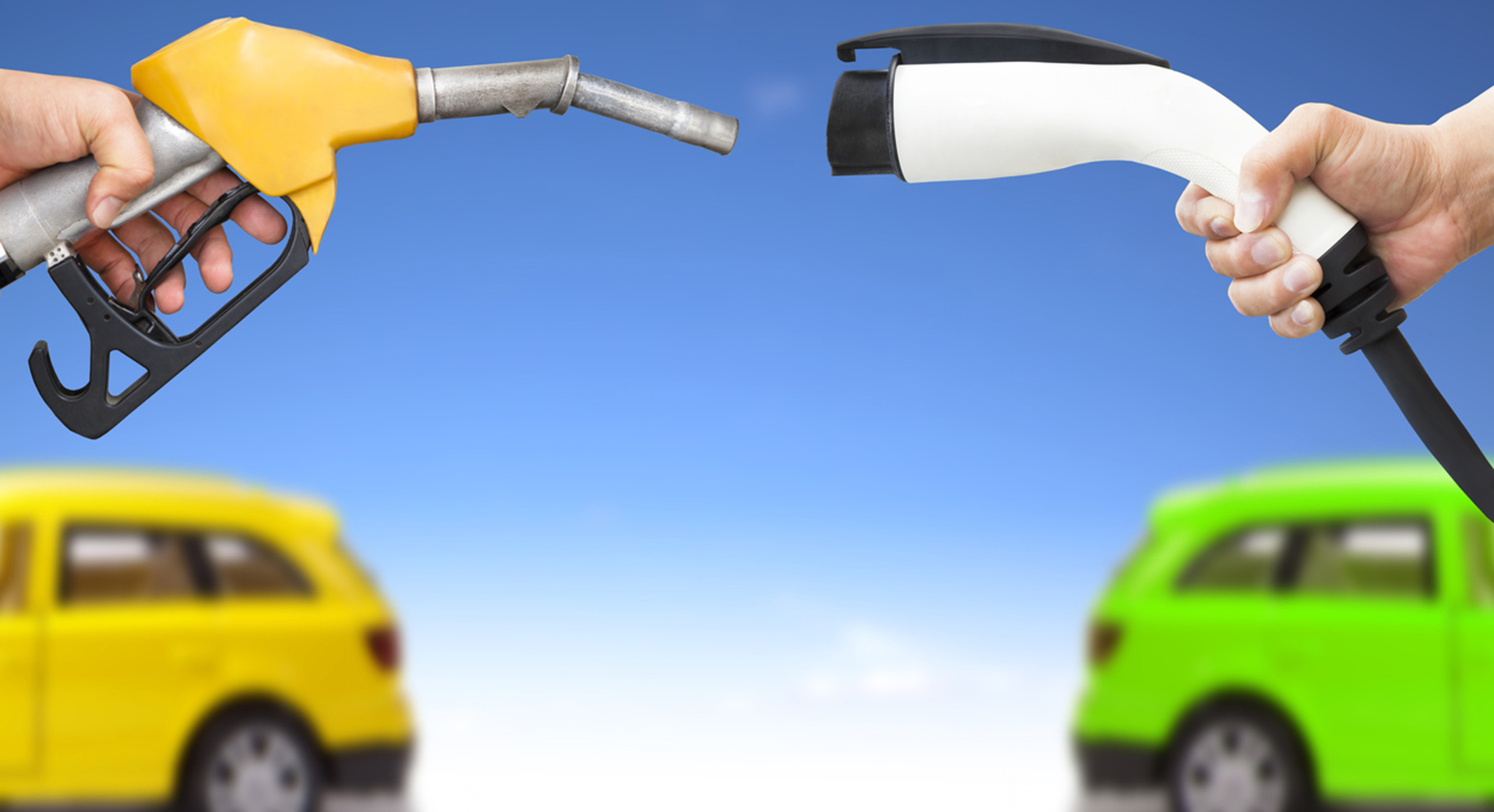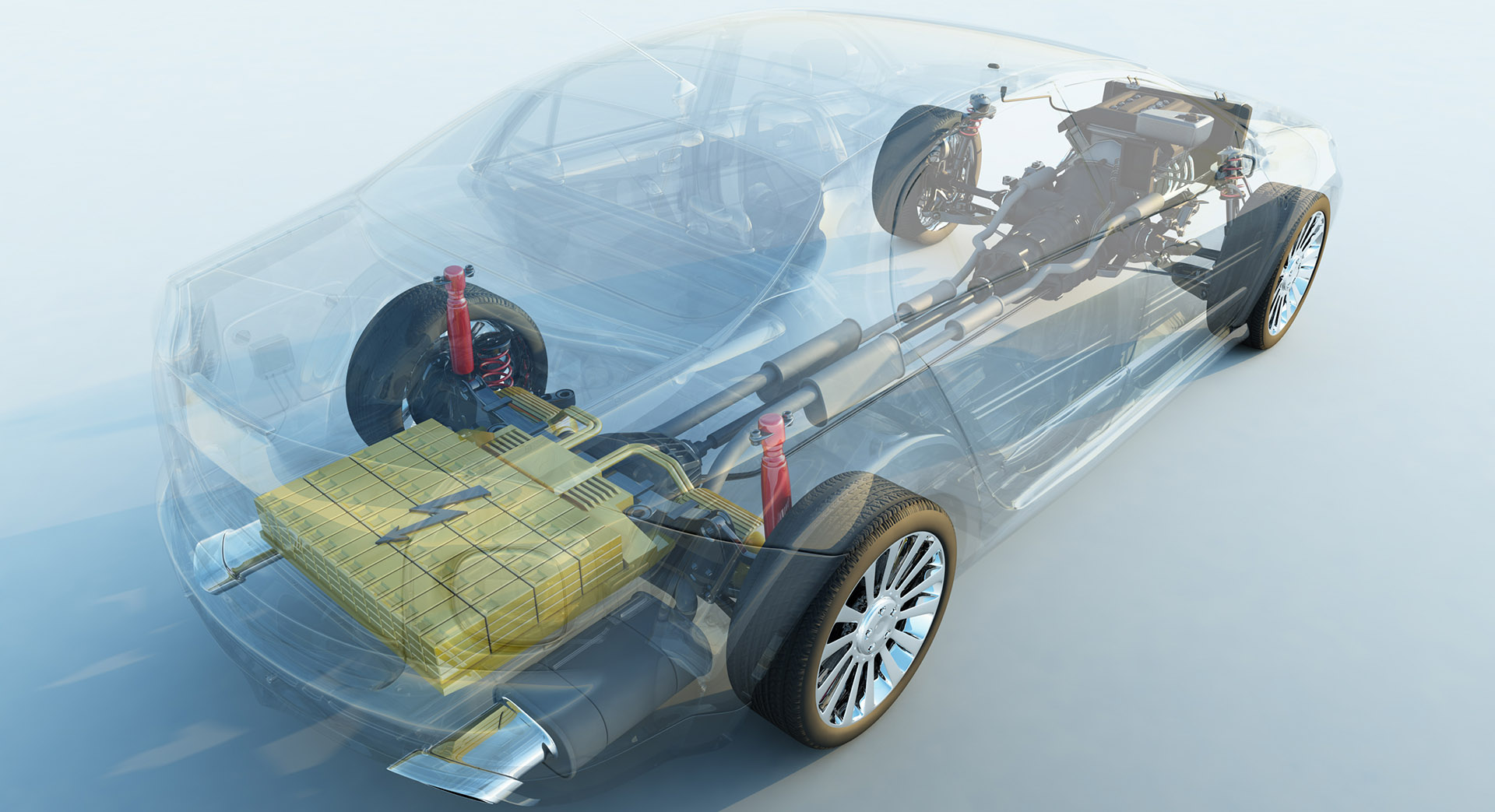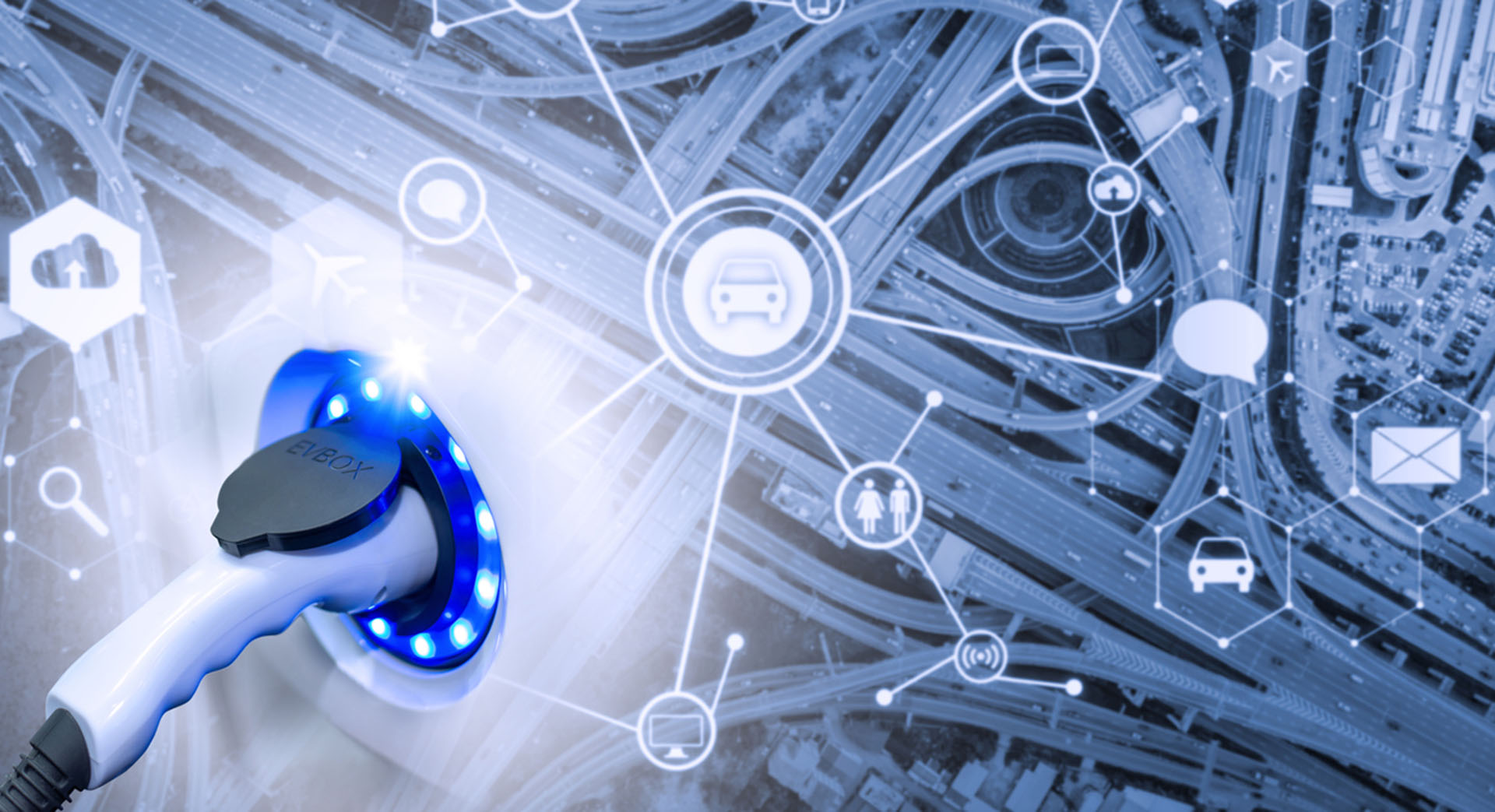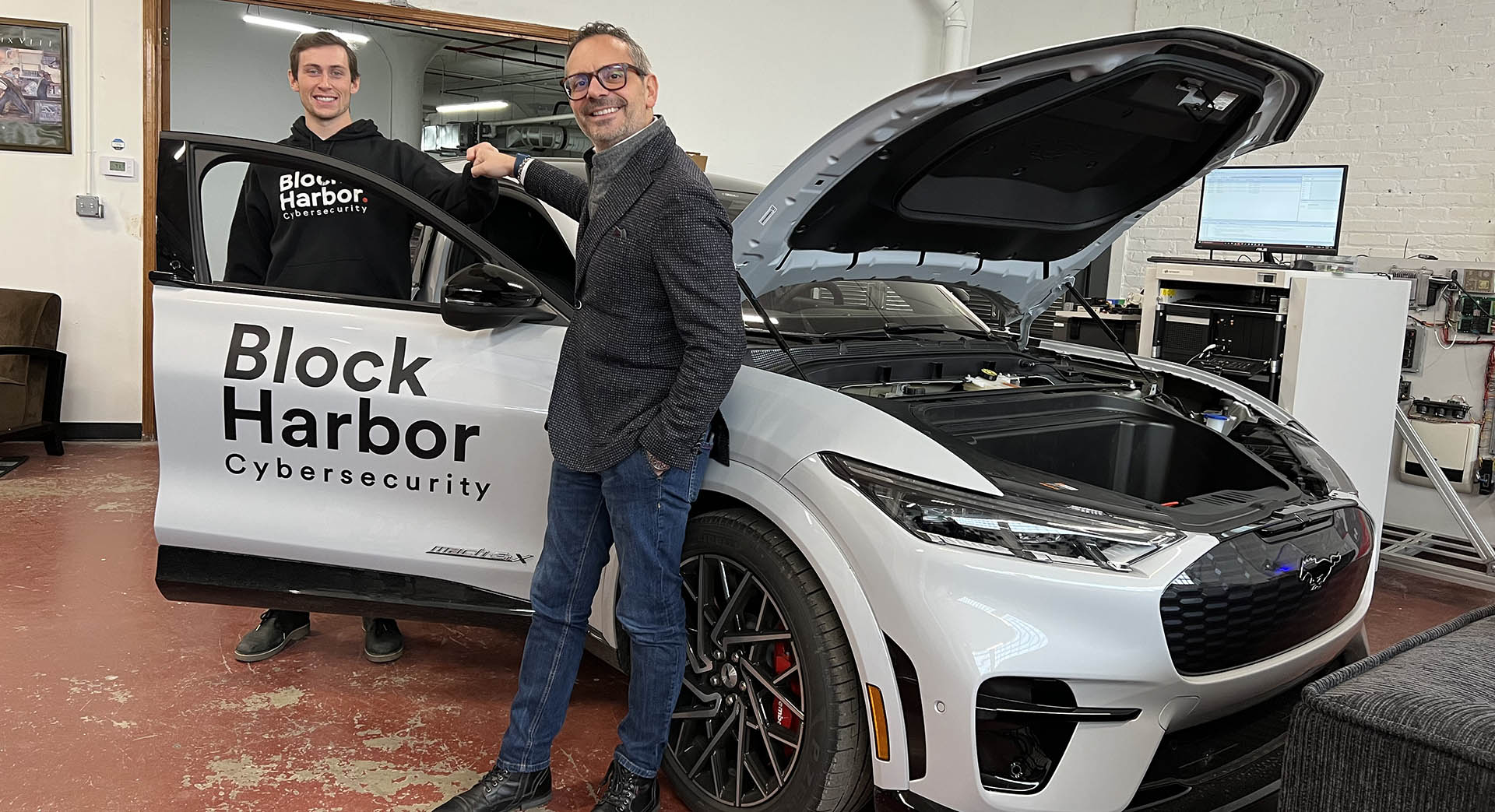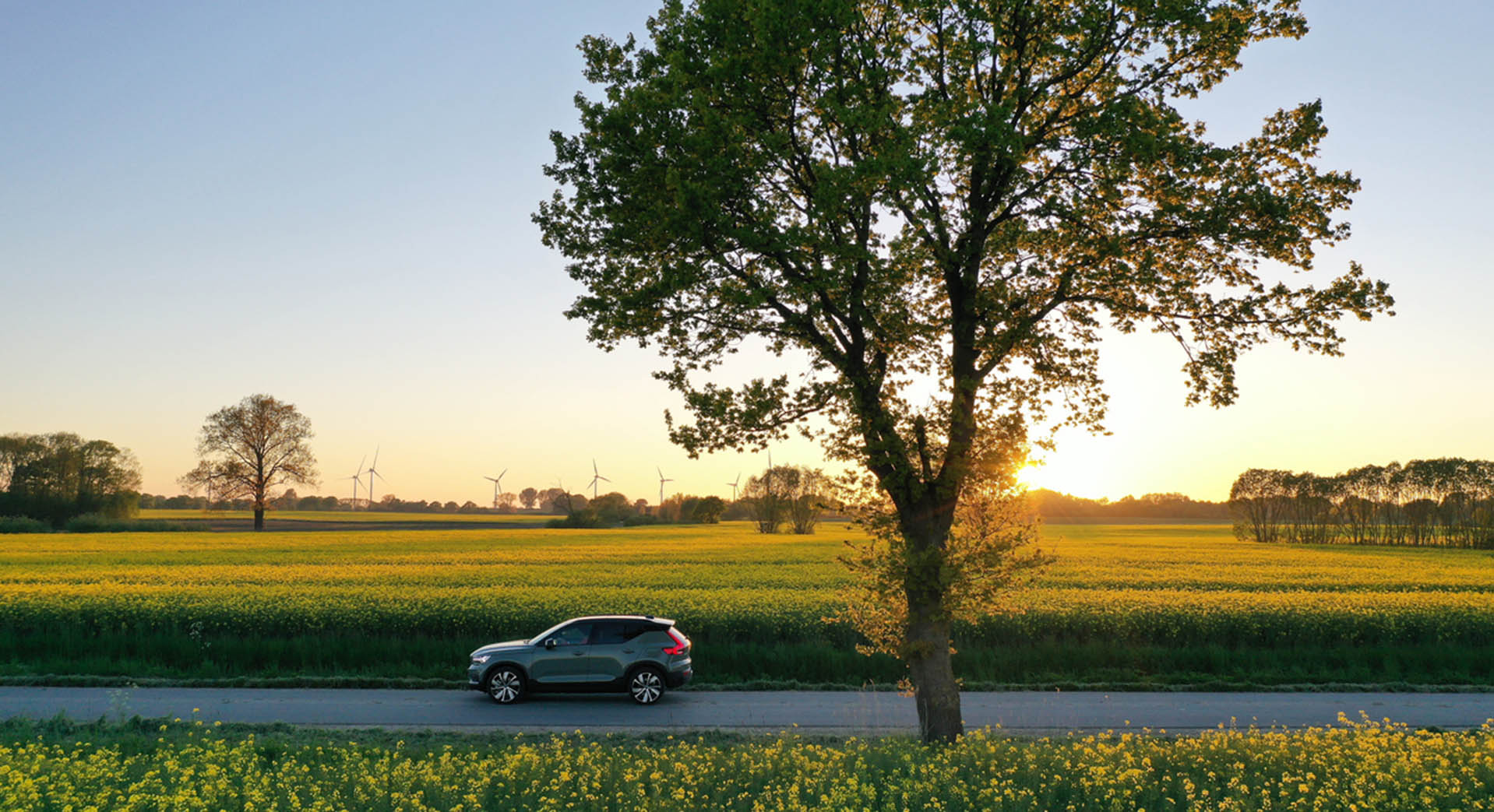One of the most discussed aspects of the transition to electric mobility is the environmental impact of the production of electric batteries, from the extraction of the raw materials to the disposal of the individual cells used in electric vehicles.
Current battery packs are, in fact, composed of various types of decomposable cells, typically similar to AA batteries in terms of dimensions and cylinder type. This decomposable structure allows for easier repair of battery packs since it’s possible to replace cells that don’t work properly, extracting only the piece which is damaged or is underperforming. This system, therefore, has concrete environmental and economic benefits since it makes it possible to restore the battery pack without necessarily having to replace it completely.
After years of experimentation, battery cells can today be dismounted from the original vehicle pack and be reused for static and less demanding applications than those required for automotive mobility, but which are still useful for the stabilization of the electricity grid, being perfectly complementary with and serving discontinuous renewable energy sources (like photovoltaic and wind power).
There are a number of virtuous examples of cell reuse in Italy. At Fiumicino, Enel X is installing a new BESS*-type storage station in partnership with the company, ADR S.p.A., Aeroporti di Roma. The storage system in Fiumicino will be composed of reused cells – coming from battery packs of electric cars – at 10 MWh and combined with a 30 MW photovoltaic installation. The objective is to make the Airport’s energy consumption more efficient and less polluting and in this way contribute both to drastically reducing the polluting emissions of the Roman airport and to curbing its energy dependence, with protection from unpredictable tariff increases.
BATTERY RECYCLING
With regards to the recycling of exhausted batteries, it is worth referring to another interesting development. The Swedish company, Northvolt (Sweden) – the third biggest battery producer in Europe (with a total of around 16 GWh) – aims to secure second place through the development of batteries with 92 GWh.
With its recycling programme called Revolt, Northvolt effectively plans to recover 125,000 tonnes of battery cells and has announced that it has succeeded in developing the first NMC battery through the use of recycled raw materials.
TECHNICAL RESULTS OF THE RECYCLING
The Swedish company has declared that the electrochemical performances of the cells constructed with recycled raw materials appear to be similar to those of cells made with virgin raw materials, that is, extracted directly from mine deposits. The recycling process developed with the Revolt programme is based on a low-energy hydrometallurgical treatment and uses a water-based solution to isolate the metals and separate them from impurities. An ecological, energetically and economically sustainable recycled cell for batteries would be produced from this process. The advantages of the Revolt project would allow for a recovery of 95% of the metals present in a battery, maintaining a level of purity equal to that of normal new raw materials used for producing cells.
In addition, alongside the Revolt recovery programme, the Northvolt parent company is committed to produce its cells with 50% of recycled raw materials.
CONCLUSIONS
The ecological transition and the conversion of mobility towards the electrification of vehicles, as well as the technological challenge of developing new solutions, is an industrial opportunity for making the entire life-cycle of the vehicle, including the batteries, less costly, less polluting and more efficient.
The reuse and recycling of the precious raw materials with which battery cells are produced is a priority; with the current difficulties of the supply of raw materials form distant countries, no resources can, and must not, be wasted. Reinova – the Motor Valley centre of excellence for tests and validations to support in the development of electric mobility – is ready with its technical support and consultancy services to accept the challenge and contribute to the construction of more sustainable electric components, in line with the need to develop more innovative products and more efficient production processes.
GLOSSARY
*BESS = Battery Energy Storage System
**NMC = Nickel, Manganese and Cobalt
